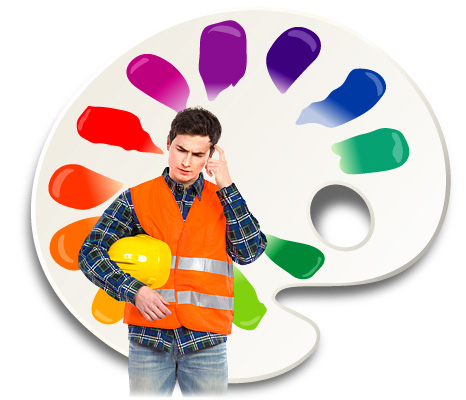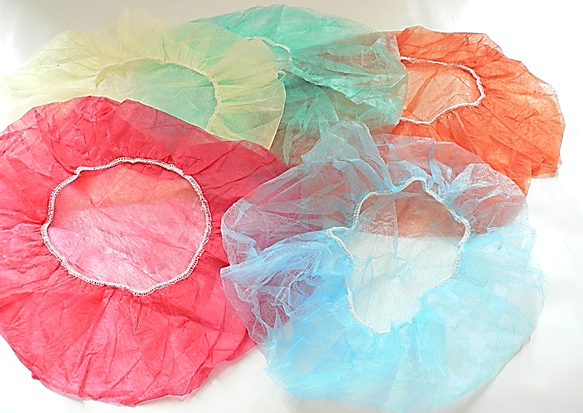The Power of Color in Personal Safety & Departmental Codings
 n opted in place of words. Major corporations brand products or a company around a color and marketing research has shown that consumers make 90 percent of their decisions to buy an item based on its color alone.
n opted in place of words. Major corporations brand products or a company around a color and marketing research has shown that consumers make 90 percent of their decisions to buy an item based on its color alone.Let's explore the power of implementing color in the workplace.
- Industrial safety requires the use of colors to quickly identify potential hazards or information quickly. The American National Standards Institute (ANSI) and Occupational Safety and Health Administration (OSHA) established a nationwide safety color coding system that all businesses must adhere to. The safety color code designations are as follows:
- Red is the most recognized alert for hazards, emergencies, fire, danger and often used to highlight text warnings. Flammable liquids need to use red containers, fire extinguishers are red and so are stop signs.
- Orange is the color often selected for an alert which isn't dire but still important. It is often selected for unguarded hazards, dangerous equipment or moving parts. OSHA uses orange for warning tags.
- Yellow denotes caution of physical hazards such as slipping or falling and is often used with black checkers or stripes to draw attention to a hazard.
- Green is used to signify safe areas of a workplace. Green can also be used to mark first aid equipment or safety equipment used for purposes other than preventing fires.
- Blue is used to mark equipment that is under repair or in need of repair. This prevents harm to workers or further damage to the equipment.
- Purple or Magenta are often used in combination with yellow to designate radiation hazards.
- Black and White: this color combination is typically used for traffic and housekeeping markings, such as directional signs for stairways, dead ends of aisles or passageways, or borders.
- The use of colors to identify or separate a department, personnel or production line and has grown significantly over the years. The fastest growing segment of
 color-coding is in food processing. A broken piece of fabric such as a disposable glove or a bouffant cap would be hard to trace in years past requiring a recall that affects several different food lines.
color-coding is in food processing. A broken piece of fabric such as a disposable glove or a bouffant cap would be hard to trace in years past requiring a recall that affects several different food lines. - Nowadays, finding trace contaminates can be traced to a line which makes balances and checks or recalls more tolerable and less intrusive. Hospitals are now experimenting with the use of colors in surgical settings to identify a patient's left or right side during a surgical procedure such as a knee or arm. Large corporations and clinics use colors to segregate groups like management, employee and visitor. Teaching universities implement colors to easily distinguish staff/ teachers from students.
- The use of colors to increase awareness and visibility can been seen with High Viz PPE. Bright or neon colored gloves and garments are selected for low light conditions or to signal to keep the hands safe by being seen.
The ANSI- and OSHA-recommended colors are a must in any safety program in a business or industrial setting, but they are also safety colors that should be used at any place where there's a risk for accidents, hazards, segregation or product contamination concerns.
+browse MDS Associates here now
Monday – Friday 8:30am – 4:30pm EST
Call or Click Today
Samples. Non-Published Volume Discounts. Questions. Orders.
Toll-Free +800-274-4637 | +716-668-4001 | info @MDSassociates.com | MDSassociates.com
"We Want You To Return Home Safely...Every Day! ™



